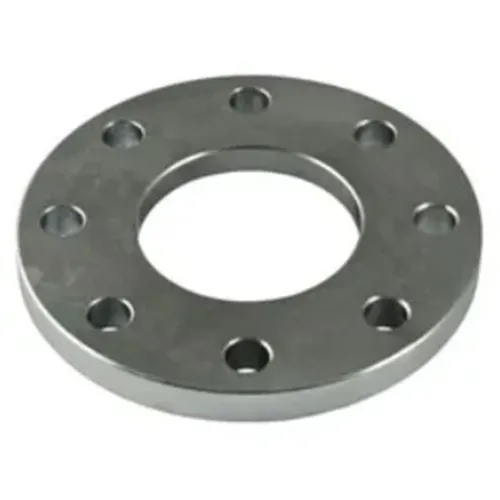-
Cangzhou Yulong Steel Co., Ltd.
-
Phone:
+86 13303177267 -
Email:
admin@ylsteelfittings.com
- English
- Arabic
- Italian
- Spanish
- Portuguese
- German
- kazakh
- Persian
- Greek
- French
- Russian
- Polish
- Thai
- Indonesian
- Vietnamese
- Zulu
- Korean
- Uzbek
- Hindi
- Serbian
- Malay
- Ukrainian
- Gujarati
- Haitian Creole
- hausa
- hawaiian
- Hebrew
- Miao
- Hungarian
- Icelandic
- igbo
- irish
- Japanese
- Javanese
- Kannada
- Khmer
- Rwandese
- Afrikaans
- Albanian
- Amharic
- Armenian
- Azerbaijani
- Basque
- Belarusian
- Bengali
- Bosnian
- Bulgarian
- Catalan
- Cebuano
- China
- China (Taiwan)
- Corsican
- Croatian
- Czech
- Danish
- Esperanto
- Estonian
- Finnish
- Frisian
- Galician
- Georgian
- Kurdish
- Kyrgyz
- Lao
- Latin
- Latvian
- Lithuanian
- Luxembourgish
- Macedonian
- Malgashi
- Malayalam
- Maltese
- Maori
- Marathi
- Mongolian
- Myanmar
- Nepali
- Norwegian
- Norwegian
- Occitan
- Pashto
- Dutch
- Punjabi
- Romanian
- Samoan
- Scottish Gaelic
- Sesotho
- Shona
- Sindhi
- Sinhala
- Slovak
- Slovenian
- Somali
- Sundanese
- Swahili
- Swedish
- Tagalog
- Tajik
- Tamil
- Tatar
- Telugu
- Turkish
- Turkmen
- Urdu
- Uighur
- Welsh
- Bantu
- Yiddish
- Yoruba

Nov . 18, 2024 21:36 Back to list
Designing a 6% Reduction Concentric Reducer for Efficient Fluid Flow Management
Understanding 6% x 2% Concentric Reducers Function and Applications
In industrial applications, the efficient transfer of fluids is crucial. A vital component in this respect is the concentric reducer. Among various types of reducers, the 6% x 2% concentric reducer is a noteworthy example. It plays a significant role in optimizing flow control in various systems, and understanding its design and functionality is essential for engineers and designers alike.
Understanding 6% x 2% Concentric Reducers Function and Applications
The design of a 6% x 2% concentric reducer is a balancing act between functionality and space efficiency. In many applications, piping systems are constrained by physical space. The concentric design allows for a reduction in diameter while keeping the axes of the pipes aligned, thus minimizing the impact on the overall layout of the piping system. This design is particularly beneficial in environments where space is at a premium, such as in chemical plants, oil refineries, and various manufacturing facilities.
6 x 2 concentric reducer

Moreover, the use of concentric reducers can enhance the overall performance of a piping system. When fluids are forced through a reducer, the decrease in diameter leads to an increase in velocity. This increase can be critical in applications requiring precise control of flow rates. By strategically implementing a 6% x 2% concentric reducer, engineers can optimize process efficiency, saving both time and resources.
In addition to their functional advantages, concentric reducers are available in various materials, including stainless steel, carbon steel, and plastic. The material choice often depends on the application's specific requirements, such as temperature, pressure, and the nature of the fluid being transported. This versatility allows for widespread use across various industries, including water treatment, HVAC systems, and food processing.
In conclusion, a 6% x 2% concentric reducer is an indispensable component in modern piping systems. Its design enables efficient transition between different pipe sizes, promoting smooth fluid flow and reducing pressure losses. The versatility in materials further enhances its applicability in diverse industrial settings, making it a critical element for engineers and designers focused on optimizing fluid transport systems. As industries continue to evolve, understanding and effectively utilizing components like the concentric reducer will remain essential for ensuring efficiency and reliability in operations.
Latest news
-
ANSI 150P SS304 SO FLANGE
NewsFeb.14,2025
-
ASTM A333GR6 STEEL PIPE
NewsJan.20,2025
-
ANSI B16.5 WELDING NECK FLANGE
NewsJan.15,2026
-
ANSI B16.5 SLIP-ON FLANGE
NewsApr.19,2024
-
SABS 1123 FLANGE
NewsJan.15,2025
-
DIN86044 PLATE FLANGE
NewsApr.19,2024
-
DIN2527 BLIND FLANGE
NewsApr.12,2024
-
JIS B2311 Butt-Welding Fittings LR/SR 45°/90° /180°Seamless/Weld
NewsApr.23,2024











